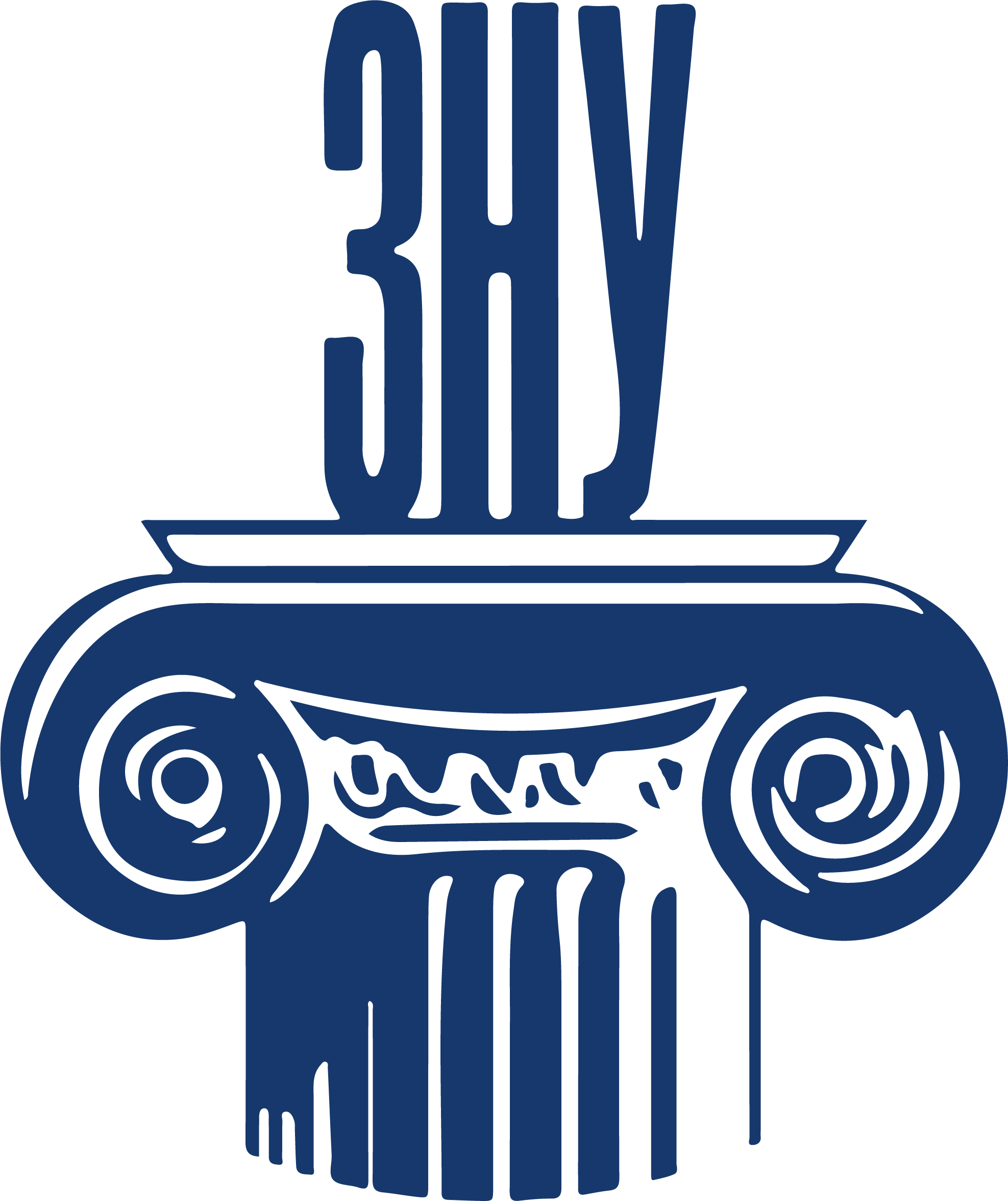CORPUS-APPLIED TRANSLATION STUDIES: KEY RESEARCH DIRECTIONS
Abstract
This article is focused on the main research directions in corpus-applied translation studies. The corpus-automated direction is aimed at the development of translation automation systems using corpus data and machine learning. Additionally, the corpus-specialized direction aims to improve the translation process of domain-specific texts. Significant attention is given to corpus stylistics, and to the corpus-stylistic direction which explores the stylistic aspects of translation through corpus data. Furthermore, corpus-lexicographic direction is examined, contributing to the development of various lexicographic resources to support translators in finding appropriate equivalents in the target language. This approach enriches students' knowledge of corpus text analysis, automated translation, and stylistic aspects of translation. The results can enhance the training of future translators, enabling them to effectively utilize corpus resources and provide high-quality translations in various fields. The condensed findings of this research serve as valuable material for both theoretical and practical investigations, helping linguists understand and develop professional competence in corpus-applied translation studies. The scientific paper also outlines the relevant principles for modern translation studies in corpus and applied linguistics, including transnational interactionism, interpersonal constructivism, and semantic precision. The proposed classification allows understanding the peculiarities and advantages of using corpus data and automated technologies in revealing the functional purpose of texts and contributes to expanding the diffuse boundaries of research through further development of the field of translation studies. The main research directions are essential tools for studying the discipline of corpus-applied translation studies and contribute to improving the translation process, ensuring more accurate and efficient translations in various specialized domains.
References
2. Ребрій О. В. Сучасні концепції творчості у перекладі : монографія. Харків : ХНУ імені В. Н. Каразіна, 2012. С. 376.
3. Gambier Y. (2020) Change and Continuity in Translation. Renewing Communication in a Globalised World. no. 37, DOI: https://doi.org/10.5755/j01.sal.1.37.27760
4. Aharoni R., Johnson M., Firat O. (2019) “Massively Multilingual Neural Machine Translation.” In Proceedings of the 2019 Conference of the North American Chapter of the Association for Computational Linguistics: Human Language Technologies, vol. 1, pp. 3874–3884.
5. Гапоненко Л. П. Переклад і нормативні аспекти перекладу. Філологічні студії. Науковий вісник Криворізького державного педагогічного університету. 2015. Т. 13. С. 51–56. URL: http://nbuv.gov.ua/UJRN/PhSt_2015_13_9 (дата звернення: 6.06.2023).
6. Слипушова A. Дискурс батько-дитина в анімаційному серіалі «Family Guy»: корпусний аналіз. Синопсис: текст, контекст, медіа, 2020. № 26(2). С. 61–65. URL: https://doi.org/10.28925/2311-259x.2020.2.6 (дата звернення: 6.06.2023).
7. Бабелюк О. А. Стилістичні засоби і прийоми крізь призму лінгвосинергетики. Вісник Київського національного лінгвістичного університету. 2011. Т. 14, № 1. С. 7–17. URL: http://nbuv.gov.ua/UJRN/Vknlu_fil_2011_ 14_1_4. (дата звернення: 5.06.2023).
8. Мойсієнко А. К., Бас-Кононенко О. В., Бондаренко В. В. Сучасна українська літературна мова. Лексикологія. Фонетика : навч. посіб. Київ : Знання, 2010. С. 270.
9. Колесник О. С., Гаращук Л. А., Гаращук К. В. Теоретична фонетика англійської мови : навч. посіб. Житомир : Вид-во ЖДУ імені Івана Франка, 2015. С. 226. 10. Жежерун О. П., Смиш О. Р. Автоматизація розв’язування задач з планіметрії, записаних природною українською мовою. Проблеми програмування. Київ : Києво-Могилянська академія, 2020. № 4. С. 71–80.
 ISSN
ISSN 


.png)



